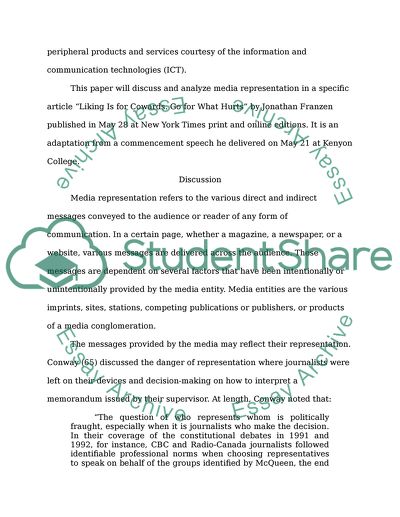Cite this document
(“Journalism - Media Representation Essay Example | Topics and Well Written Essays - 2000 words”, n.d.)
Retrieved from https://studentshare.org/journalism-communication/1423995-major-assignment-of-first-year-university
Retrieved from https://studentshare.org/journalism-communication/1423995-major-assignment-of-first-year-university
(Journalism - Media Representation Essay Example | Topics and Well Written Essays - 2000 Words)
https://studentshare.org/journalism-communication/1423995-major-assignment-of-first-year-university.
https://studentshare.org/journalism-communication/1423995-major-assignment-of-first-year-university.
“Journalism - Media Representation Essay Example | Topics and Well Written Essays - 2000 Words”, n.d. https://studentshare.org/journalism-communication/1423995-major-assignment-of-first-year-university.


